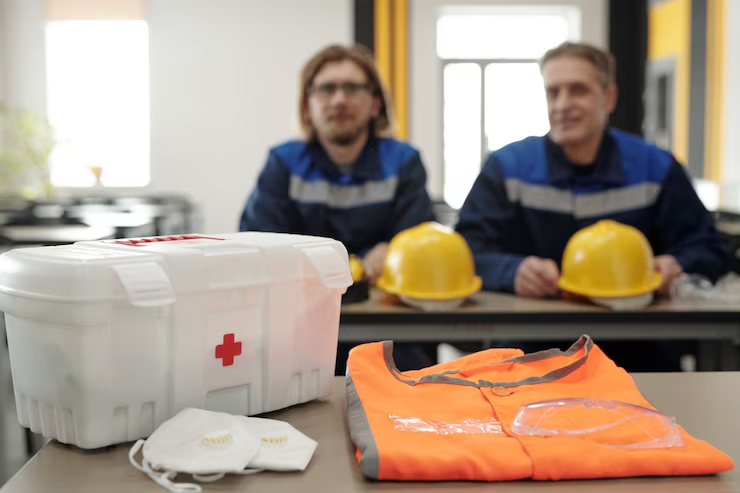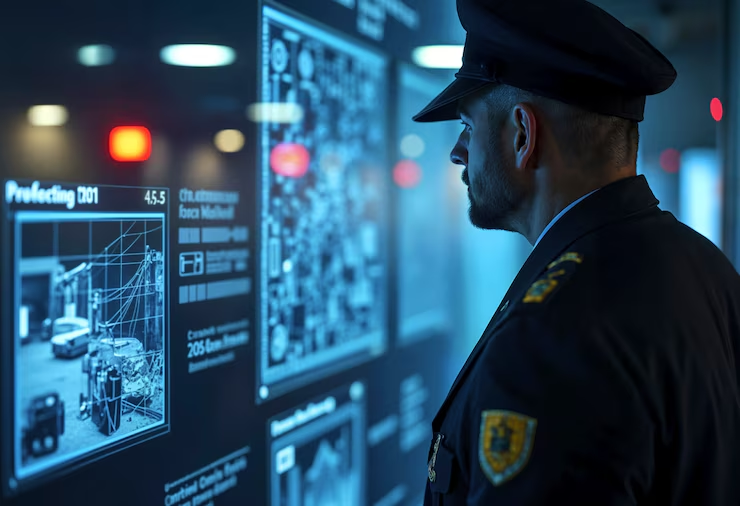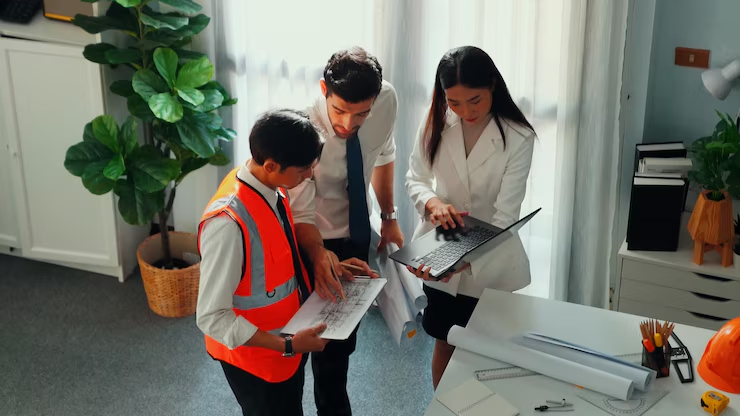Emergency Preparedness Tips for Families help households stay ready and resilient when unexpected events strike. Building a plan now can significantly reduce stress and confusion during power outages, natural disasters, or medical emergencies. Beginning the conversation early and involving every family member ensures everyone understands their role and feels more secure.
At Spread Safe, we believe that no family should feel unprepared. Small, manageable steps like creating a home emergency plan or assembling a basic supply kit empower families to handle challenging moments with confidence and calm. Making readiness part of your daily life strengthens both safety and peace of mind.
Understand Common Local Hazards
Begin by identifying which emergencies are most likely in your region—weather events like hurricanes or winter storms, wildfires, earthquakes, or floods. Research past incidents and consider nearby industrial or traffic risks. Knowing your area’s vulnerabilities helps tailor the rest of your preparedness plan to the most relevant scenarios.
Create a Family Emergency Plan
A solid emergency plan should include:
Escape & Meeting Points: Choose two exit routes from your home and a meeting spot outside. Add a secondary meeting place in case you can’t reach home.
Designated Contacts: Assign at least two out-of-area emergency contacts. Texting often works when calls don’t make sure every family member knows the numbers.
Responsibilities Assigned: Designate a safety leader, a first-aid responder, and someone to manage pets or mobility needs.
Communication Strategy: Outline who calls or messages whom, and when. Appoint one adult to deliver updates to relatives outside the crisis zone.
Keep printed copies of this plan in your home, car, and a central family binder. Teach older children how to follow it and adjust it regularly for seasonal changes or schedule shifts.
Build an Emergency Supply Kit
A well-stocked kit is essential. Include:
Water and Food: Store at least one gallon of water per person (plus pets) per day for three days. Add non‑perishable snacks and canned meals.
First Aid & Medications: Bandages, antiseptics, pain relievers, prescription medicine with medical histories noted.
Tools and Safety Items: Flashlights with extra batteries, multipurpose tool, manual can opener, whistle, dust masks.
Personal & Comfort Items: Copies of IDs, cash, extra clothing, blankets, hygiene supplies, and comfort objects for young children.
Tech Essentials: Portable charger(s), power banks, and a battery-powered radio for emergency alerts.
Store supplies in a clear, weatherproof container and rotate food and batteries every six months. Make smaller kits for your car and office.
Practice Emergency Drills Regularly
Routine drills reinforce your plan and build muscle memory. Practice at least twice a year:
Home Evacuation Drill: Simulate exiting through different routes under timed conditions.
Shelter-in-Place Drill: Identify a safe interior room (like a basement) and simulate staying put for an hour or more.
Family Communication Run‑Through: Run mock calls or texts using your designated contacts and check that messages go through.
Conduct an annual review to update route changes, equipment, and phone numbers. Involve kids in explaining the steps they’ll remember better when they help.
Plan for Special Needs & Pets
Don’t overlook unique considerations:
Seniors or Mobility Issues: Keep a grab-and-go kit at the door. Include assistive devices, medication lists, and caregiver contacts.
Infants: Extra formula, diapers, baby food, extra bottles, and favorite toys should be ready.
Pets: Store non-perishable pet food, water, bowls, leashes, a small first-aid kit, and vaccination records. Include a photo of each pet in case separation occurs.
Secure Your Home & Reduce Hazards
Take practical steps to make your home safer:
Secure Furniture: Attach heavy bookshelves and cabinets to walls to prevent tipping.
Gas Valve Shut-Off: Teach responsible family members how to turn off gas, water, and electricity at the main switches.
Fire Safety: Have at least one working fire extinguisher, smoke alarms on every floor, and carbon monoxide detectors near bedrooms. Check batteries every six months.
Emergency Lighting: Install nightlights in hallways and stairwells to guide safe movement during power outages.
Stay Informed
Reliable, fast information can make a difference:
Local Alerts: Sign up for municipal or emergency services texts and emails.
NOAA Weather Radio: Keep a battery-powered radio tuned for severe weather updates.
Redundant Paths: Use both smartphone apps and traditional radios, especially when power or cell service may be disrupted.
Financial Planning & Insurance Considerations
Prepare for the aftermath of an emergency:
Home Inventory: Photograph valuables and record serial numbers. Store lists and images digitally in the cloud.
Relevant Coverage: Check that your homeowners’ or renters’ insurance covers flood, windstorm, and earthquake damage based on your region.
Emergency Fund: Keep a small cash reserve in your kit for immediate needs when ATM or card services don’t work.
Emotional Support & Preparedness
Emergencies involve stress and fear. It’s important to:
Educate Calmly: Use simple, reassuring explanations when teaching children about emergencies.
Normalize Readiness: Frame preparedness as a practical and empowering family activity.
Debrief After Practice: Ask each member what worked and where they felt uncertain. Turn drills into opportunities to learn together.
FAQs
Q1. How often should families update their emergency kit?
A: Refresh food, water, and batteries every six months. Recheck prescription medications at least yearly.
Q2. Are emergency drills helpful for kids?
A: Very. Drills make instructions familiar, reduce fear, and increase children’s confidence when emergencies occur.
Q3. How can we alert each other during a large-scale outage?
A: Use text messaging texts often pass through when voice calls do not. If cell service fails, establish a signal method like three whistle blasts.
Q4. What’s the best way to store important documents?
A: Keep paper copies in a fireproof, waterproof container at home or in a safe deposit box, and digital copies in encrypted cloud storage.
Q5. Should every family member learn first aid?
A: Yes. Basic first aid knowledge like CPR or treating minor injuries—can save lives and reduce panic during emergencies.
Conclusion
Emergency preparedness doesn’t have to be overwhelming. Emergency Preparedness Tips for Families bring clarity, confidence, and peace of mind to households. By building a thoughtful plan, assembling a basic kit, practicing drills, and staying informed, families can face unexpected challenges together and safely.
Families who plan ahead reduce risks, protect loved ones, and model strength for younger generations. Follow Spread Safe for ongoing tips and encouragement as you build your family’s readiness and stay prepared, stay safe.




